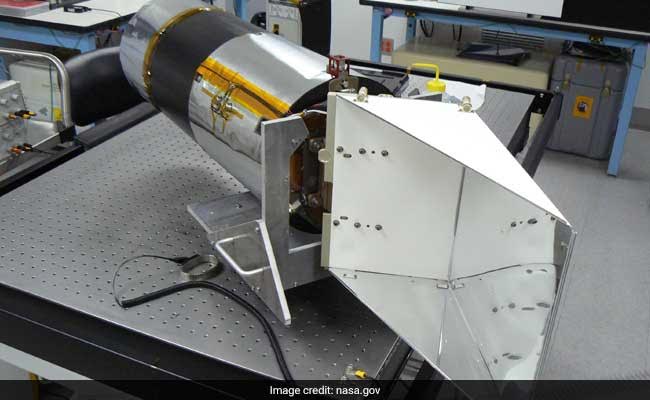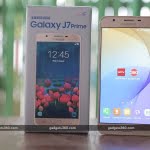
The Moon orbiter camera survived a meteor that hit it faster than a speeding bullet.
WASHINGTON: The camera system aboard NASA’s Moon orbiting spacecraft survived a hit by a tiny meteoroid in 2014 which was travelling much faster than a speeding bullet, the US space agency said today.
On October 13, 2014, the Lunar Reconnaissance Orbiter Camera (LROC), which normally produces beautifully clear images of the lunar surface, captured an image that was wild and jittery.
From the sudden and jagged pattern of the image, the LROC team determined that the camera must have been hit by a tiny meteoroid, a small natural object in space.
LROC is a system of three cameras mounted on the LRO spacecraft. Two Narrow Angle Cameras (NACs) capture high resolution black and white images. The third Wide Angle Camera captures moderate resolution images using filters to provide information about the properties and colour of the lunar surface.
According to Mark Robinson, principal investigator of LROC at Arizona State University (ASU) in the US, the jittery appearance of the image captured is the result of a sudden and extreme cross-track oscillation of the camera.
lunar orbiter camera image
The jittery image captured by the LROC caused scientists to believe it was hit by an object in space
LROC researchers concluded that there must have been a brief violent movement of the left Narrow Angle Camera. There were no spacecraft events like solar panel movements or antenna tracking that might have caused spacecraft jitter during this period.
“Even if there had been, the resulting jitter would have affected both cameras identically. The only logical explanation is that the NAC was hit by a meteoroid,” said Robinson.
The LROC team ran simulations to see if they could reproduce the distortions seen on the October 13 image and determine the size of the meteoroid that hit the camera.
They estimate the impacting meteoroid would have been about half the size of a pinhead (0.8 millimetre), assuming a velocity of about seven kilometres per second and a density of an ordinary chondrite meteorite (2.7 grammes per cubic centimetre).
“The meteoroid was travelling much faster than a speeding bullet. In this case, LROC did not dodge a speeding bullet, but rather survived a speeding bullet!” said Robinson.
Launched on June 18, 2009, LRO has collected a treasure trove of data with its seven powerful instruments, making an invaluable contribution to our knowledge about the Moon.
It is very rare that the effects of an event like this are captured on camera, according to Robinson. LROC typically only captures images during daylight and then only about 10 per cent of the day, so for the camera to be hit by a meteor during the time that it was also capturing images is statistically unlikely.
“LROC was struck and survived to keep exploring the Moon, thanks to robust camera design,” said Robinson. “Since the impact presented no technical problems for the health and safety of the instrument, the team is only now announcing this event as a fascinating example of how engineering data can be used, in ways not previously anticipated, to understand what is happening to the spacecraft over 380,000 kilometres from the Earth,” said John Keller, LRO project scientist from NASA’s Goddard Space Flight Center.
(This story has not been edited by NDTV staff and is auto-generated from a syndicated feed.)
[“Source-ndtv”]










